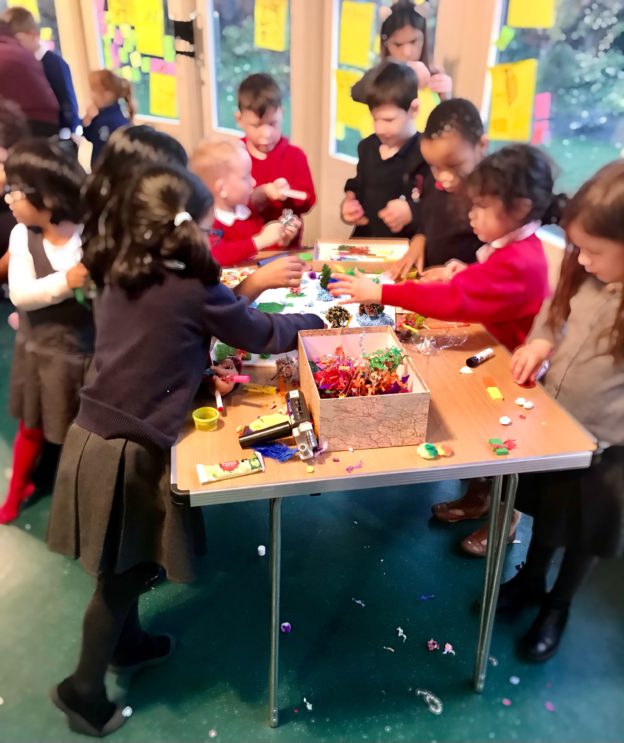Author: Negar Ebrahimi
-

Hitting the Yellow Brick Road! Designing My Happy City: Playground
The government’s road map in controlling the global pandemic, promises easing the restrictions on outdoor activities in spring. I am particularly looking forward to re-bonding with nature without the shadow of currently-necessary restrictions looming over my head. A research project that I led last year before the pandemic, highlights the significance of nature in our…
